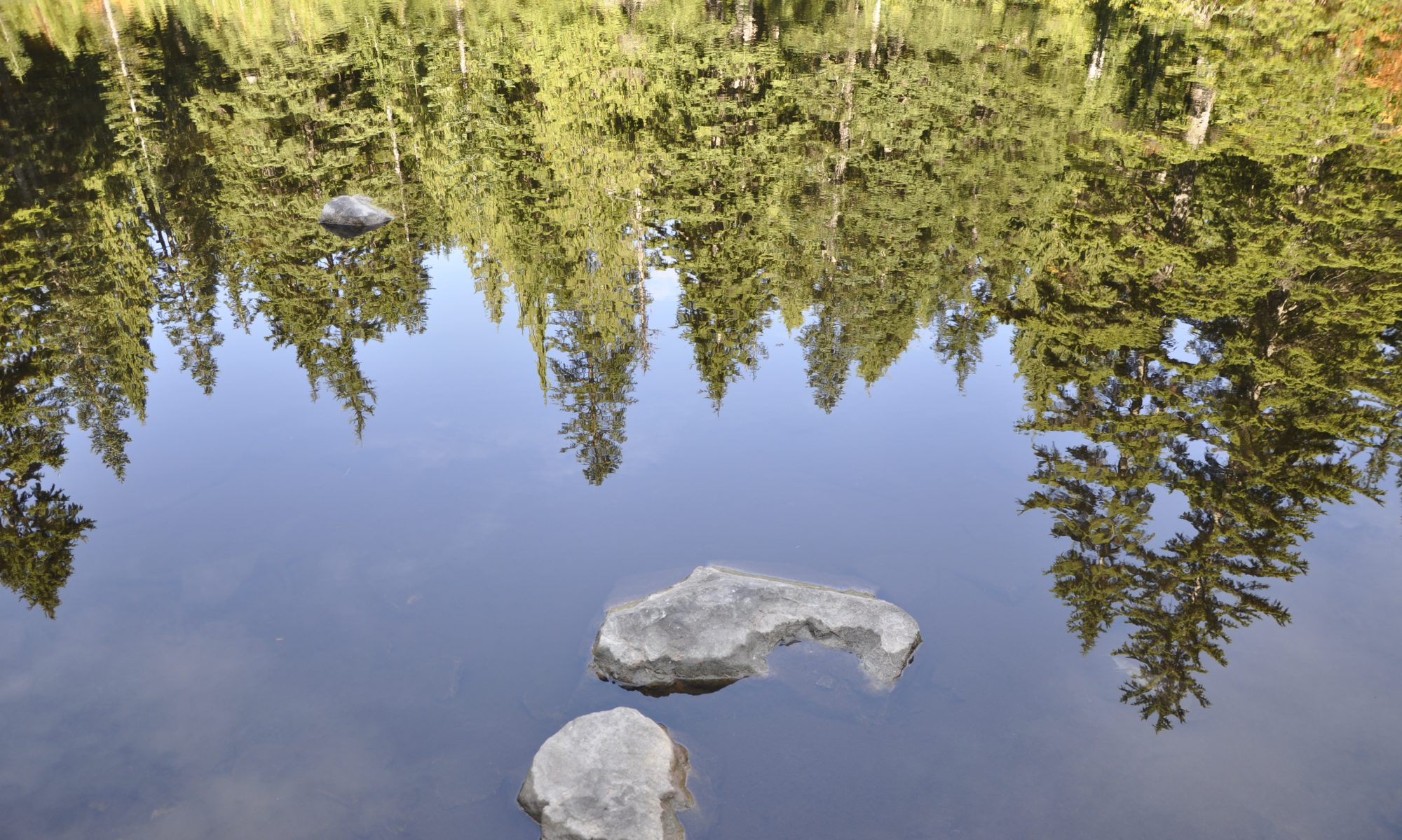How do teacher-student relationships influence students’ development?
- How do positive teacher-student relationships develop?
- How can art be used to gauge and foster a positive teacher-student relationship?
- How can art be used to collect data on teacher student relationships?
- How important is it to students’ development, for teachers to keep an open dialogue in the classroom?
- How can students be more in touch with their true-selves, and discover their personal inquiries?
- How can educators show their students the importance of being in touch with their artistic selves?
The Question Genesis:
It is the large variety in my educational experiences that fuels my big inquiry question. Going from an extremely rigid and stifling school in my hometown India, to an east-coast American public school, then to an International school in the foothills of the Himalayas, and then finally to a liberal Art College in California- my experiences have shown me how different forms of educational approaches can have extremely different and transformative impacts on students.
Dissecting my personal educational experiences seemed to be a logical starting point in undertaking my inquiry. Moving forward, my inquiry is progressing towards the importance of teacher-student relationships having a substantial impact on the students’ development.
Having said this, I know my personal experiences will create a bias towards certain types of education over others. As well as my focus on how positive teacher-student relationships are formed. For example, I am biased towards an artistic approach to building trust in teacher-student relationships, rather than a more structured approach. However, I realize there may be something to learn from finding a greater balance between two opposing approaches.
The Significance
In growing multicultural spaces, teachers are likely to cross paths with students from all walks of life. By studying the impacts of different forms of educational approaches, teachers can gain meaningful insight into the development of their student’s identities; as well as what/how to implement their teaching approach for particular students in their classrooms.
To be a more informed teacher, I strongly believe that one must first understand the impacts of one’s own schooling; what helped their student identity versus what stifled their growth and confidence.
Expectations
Through this inquiry, I expect that I will gain insight on different types of teaching philosophies, and the importance put on building positive teacher-student relationships. I also expect to find out the benefits of positive teacher-student relationships on students’ development; what types of teaching styles have a greater influence on student’s development and why. I expect to find some correlation between student’s learning to intrinsic motivation (instead of extrinsic motivation.) Lastly, I hope to learn more on the ways in which teachers can build a positive teacher-student relationship, and keep an open dialogue with their students.
Integrating the Arts
My teaching philosophy is directly linked to the Arts. Art College was the primary factor in my educational journey that has liberated me from some of my most negative schooling experiences. Visual arts is a very specific language that uses emotions, is one of the primary ways we learn to communicate in, and therefore, naturally helps us understand other’s emotions. Art however, has never been taken as seriously as other subjects in schools. I plan to integrate Art (perhaps in the form of simple doodles, or even formal Visual Journals,) as methods to not only read myself through my journey into teaching, but also to study students’ ways of expressing themselves (their belief systems, emotions, playfulness, and concerns.) I also plan to integrate artistic approaches in my classrooms in order to start respectful dialogues on all kinds of subjects and students experiences.
